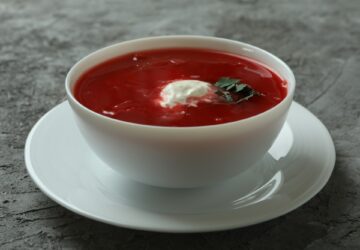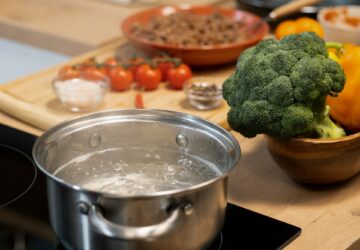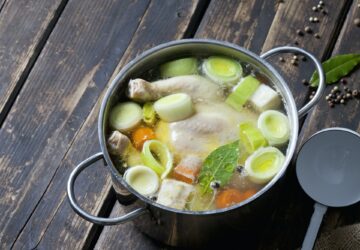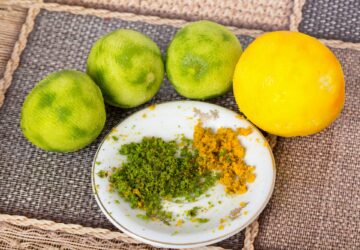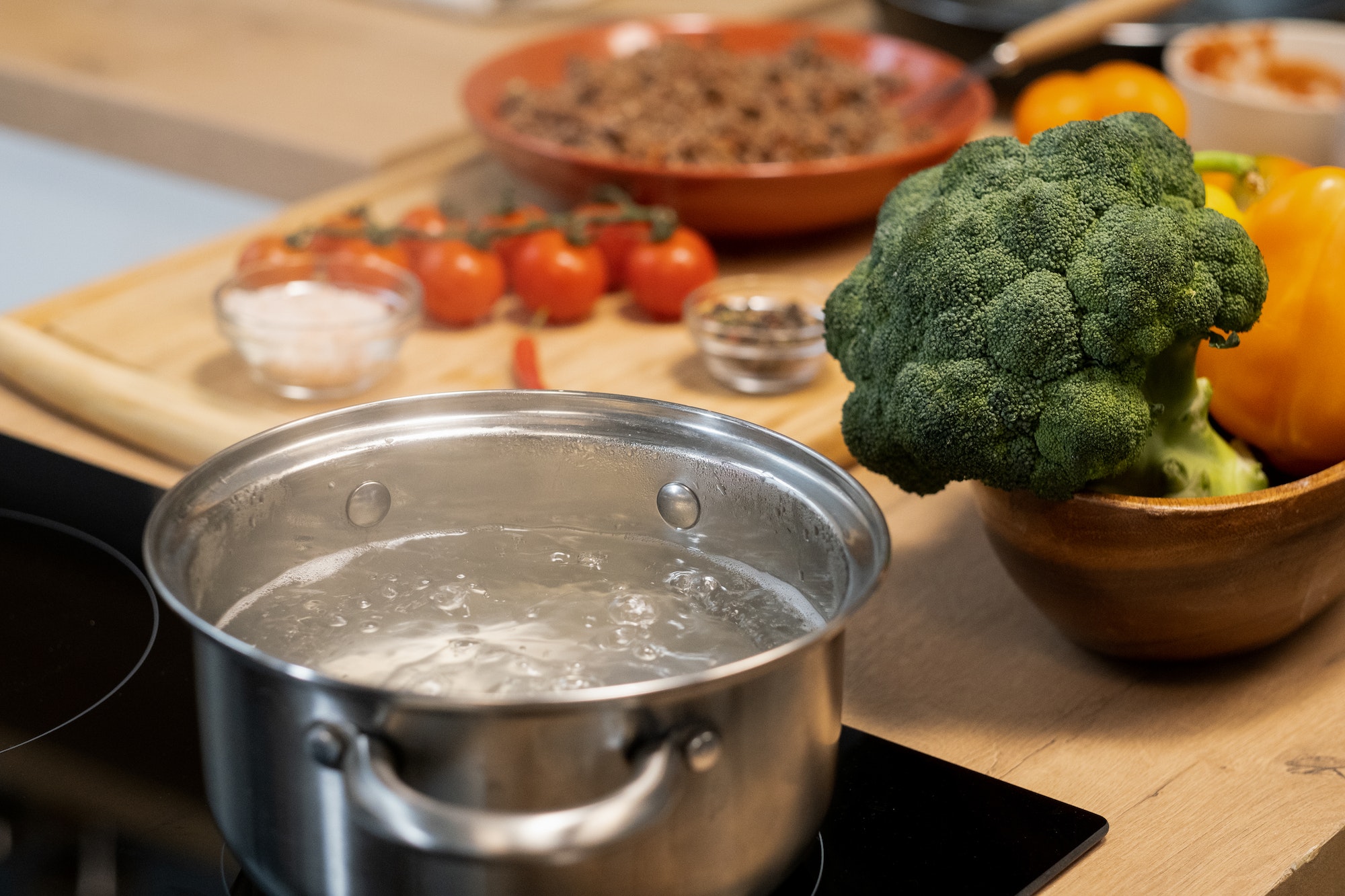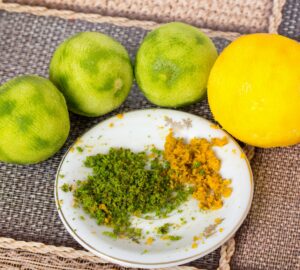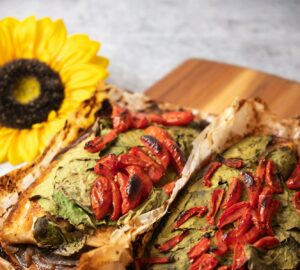Boiling is one of the most fundamental cooking techniques used across various cuisines and cultures. Let’s explore it in depth:
- Definition: Boiling is cooking food by submerging it in a liquid (usually water) at its boiling point, which is 100°C (212°F) at sea level. However, this temperature can vary based on altitude.
-
Applications:
- Cooking Pasta: Pasta is often boiled until it’s al dente, meaning it retains a slight chewiness.
- Blanching Vegetables: A brief boil followed by an ice bath can preserve the color and crunch of vegetables.
- Making Soups and Stews: Ingredients are simmered, which is a gentle boil, to meld flavors together.
- Cooking Grains: Rice, quinoa, and other grains are often boiled.
- Hard-Boiling Eggs: Eggs are boiled in their shells until both the white and yolk solidify.
-
Technique:
- Start with a pot of water. The size of the pot and the amount of water will depend on what you’re boiling.
- Place the pot on a burner and turn the heat to high. As the water heats, small bubbles form at the bottom and then rise. As the temperature increases, these bubbles will become more frequent until the water reaches a rolling boil, characterized by large, vigorous bubbles.
- Once boiling, you can add your food. For some foods, like pasta, you might add salt to the water to flavor it.
- Depending on the food, you may need to reduce the heat to maintain a steady but not overly vigorous boil.
-
Points to Note:
- Lid: Placing a lid on the pot can help the water boil faster, but once the food is added, it’s often best to partially or fully remove the lid to prevent boiling over and to monitor the cooking process.
- Salt: Adding salt raises the boiling point of water slightly, but its primary purpose in boiling is often for flavor.
- Altitude: The boiling point of water decreases as altitude increases. Therefore, boiling times may need to be adjusted if you’re cooking at a high elevation.
-
Advantages:
- Speed: Boiling is often a faster cooking method, especially when compared to baking or roasting.
- Simplicity: It requires minimal equipment and expertise.
- Versatility: A wide variety of foods can be boiled.
-
Disadvantages:
- Nutrient Loss: Some nutrients, particularly water-soluble vitamins like vitamin C and some B vitamins, can leach into the boiling water.
- Texture: Overboiling can result in mushy foods, especially vegetables.
- Flavor Dilution: Some flavors can be diluted if boiled for extended periods.
-
Related Techniques:
- Simmering: A method related to boiling but at a lower temperature. It’s characterized by small, gentle bubbles and is often used for dishes that require longer, slower cooking, like stews or braises.
- Blanching: As mentioned, this involves briefly boiling food (often vegetables) and then immediately plunging it into cold water to halt the cooking process.
In the culinary world, while boiling is foundational, it’s essential to recognize when to use it and when other methods might be more appropriate to achieve the desired texture, flavor, and nutrient preservation.
